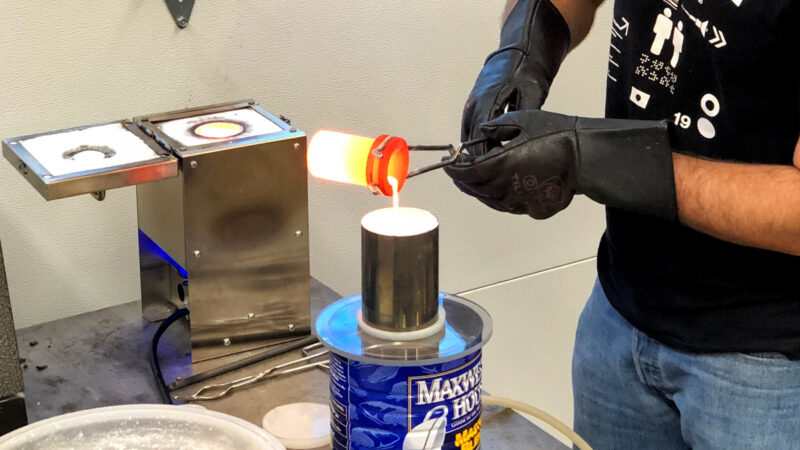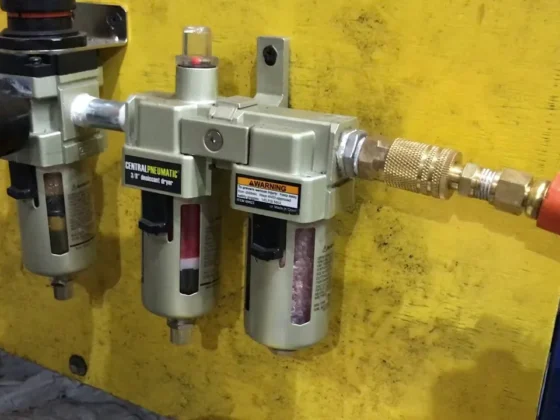Lost wax casting is an ancient technique that has been around for centuries, used to create intricate shapes and objects out of metal. It involves making a model in wax or other material, allowing the piece to be cast in a desired metal such as bronze or silver.
This method was first discovered by the Ancient Egyptians and it quickly spread throughout Europe during the Renaissance period. Lost Wax Casting is still widely used today because of its accuracy and precision when creating complex pieces from all sorts of materials.
The process begins with sculpting a replica of what you wish to cast in your chosen material – this could be anything from jewelry to statues. The model is then covered with a ceramic mold which holds molten metal when heated at high temperatures over several hours.
Once cooled, the ceramic mold can easily be broken away leaving behind an exact copy made entirely out of metal!
Introduction to Lost Wax Casting
Lost wax casting is an ancient technique that has been used for centuries to create intricate metal objects. This method of creating objects involves the use of a wax model, which is then encased in clay and heated until the wax melts away, leaving behind a negative impression in the clay mold.
The molten metal is then poured into this cavity, filling it. Once cooled and hardened, the newly created object can be removed from its mold—revealing a stunningly detailed work of art! Lost wax casting continues to be used today by artists and craftsmen all over the world as it allows them to create works with precision detail that would otherwise be impossible using traditional methods.
History of the Technique
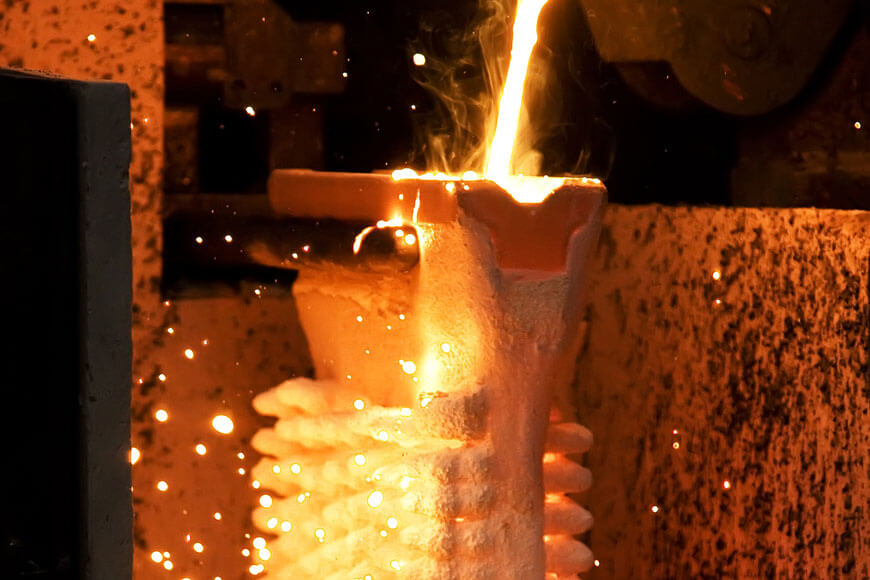
Lost wax casting is an ancient technique that has been used by various cultures for centuries to create metal sculptures and jewelry. It originated in Mesopotamia around the 4th millennium BC, making it one of the oldest known casting techniques.
The lost-wax method was adopted and further developed by nations such as India, Egypt, Greece, Rome, China, and Europe. Some of the earliest surviving bronze statues were created using this technique during the Shang Dynasty in 1700 BC. The process begins with creating a clay or wax model which is then covered in a special material like plaster or beeswax that hardens when heated to form a mold.
This mold will then be filled with molten metal like gold or silver before being broken open once cooled down so that only the metal sculpture remains behind. Lost wax casting can be labor intensive but highly rewarding – capable of producing exquisite detail on even small pieces due to its intricate design process involving several steps and materials including liquid rubber molds, ceramic shells, and high-temperature furnaces.
Though still widely practiced today throughout many countries around the world its use dates back thousands of years ago when it played an important role in early civilizations’ development of artistry and craftsmanship alike!
Benefits and Drawbacks of Lost Wax Casting
Lost Wax Casting is an ancient technique that has been in practice for thousands of years, making it a well-known and trusted method. This process begins by creating a wax model of the desired object which is then used to create a mold.
The mold is then filled with molten metal or other materials before being cooled and polished to produce the final product. This highly effective method has many benefits such as its ability to create intricate details easily, allowing for complex designs without any extra effort.
Additionally, this casting technique offers great strength and durability due to the intense heat used during production. On top of these advantages, lost wax casting can also be relatively cost-effective depending on the material used in production.
However, there are certain drawbacks associated with this process too; some materials may not be compatible with lost wax casting so you must take care when selecting them; additionally, dust particles created during polishing can sometimes cause damage if not handled properly. Furthermore, because each step requires a specific skill set it takes more time for objects made through lost wax casting than those produced using modern methods like 3D printing.
Steps in the Process
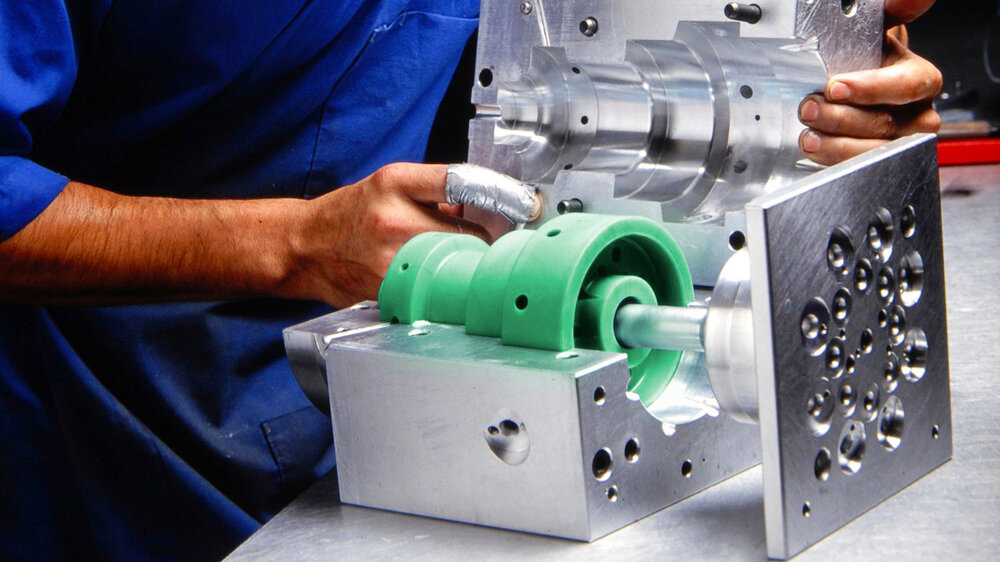
Lost wax casting is an ancient technique still used in modern-day metalworking. The process begins with the creation of a wax model that will be used as a mold for the final product.
This wax model can be created using hand carving techniques or by 3D printing. Once the desired shape is achieved, it must be carefully coated in layers of clay and plaster to create a negative impression which will eventually become the finished product.
Next, the wax mold is heated until melted away at high temperatures leaving behind its impression which can then be filled with molten metal such as bronze or copper to create your desired object. Finally, any remaining material must be removed to reveal your completed cast piece! Lost Wax Casting has been employed since antiquity and remains one of the most popular methods for creating intricate objects in metal today due to its time-tested accuracy and efficiency!
Applications of Lost Wax Casting
Lost wax casting is an ancient technique that has been utilized for thousands of years, though it is still in practice today. The process involves creating a model out of wax or other materials and then encasing the model in plaster or clay to form a mold.
Molten metal is poured into this mold to create a finished product with intricate detail. This ancient method can be used for many different applications, from making jewelry and sculptures to architectural components like columns and window frames.
Jewelry makers found in every corner of the world rely on lost wax casting as their primary tool for producing intricate pieces such as rings, pendants, charms, earrings, and more. Sculptors have also adopted the same technique when creating figures or reliefs out of metal alloys such as bronze or brass.
Lost wax casting can also be used to make components for architectural projects that require detailed designs like column capitals and decorative window frames. Its flexibility makes it possible to craft items both large and small with precise detailing that cannot be achieved through any other process; its longevity speaks volumes about its effectiveness even after centuries since its invention!
Conclusion
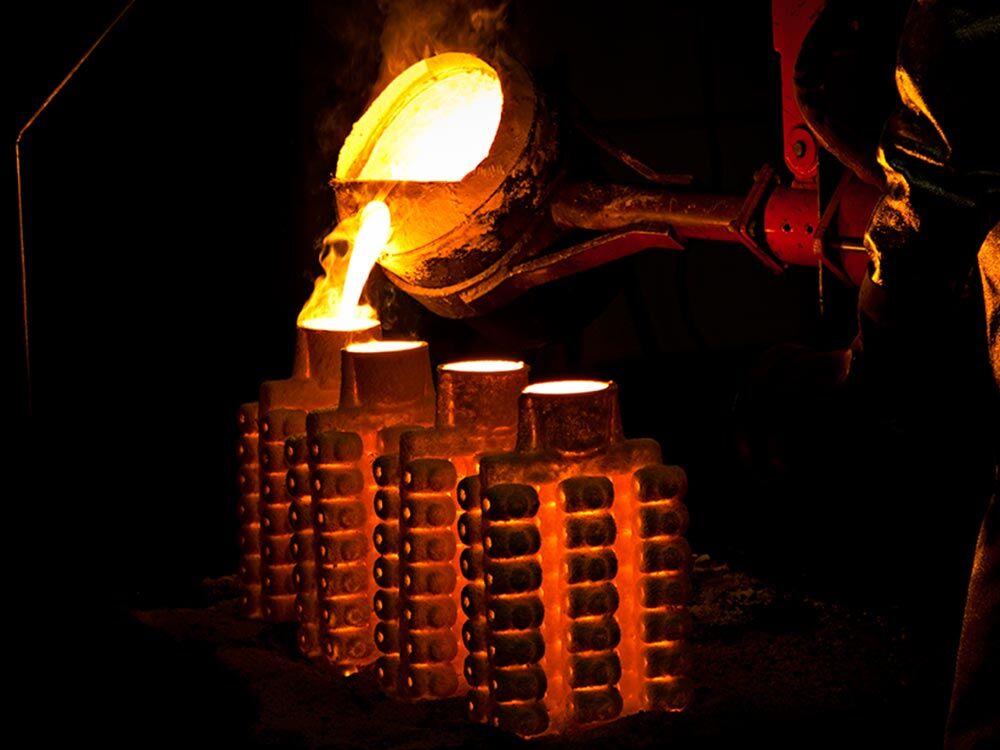
Lost Wax Casting is an ancient technique that has been in practice for centuries and remains a popular technique used today. The process involves creating a wax version of the desired object which is then encased in clay or plaster, heated to melt away the wax, and finally filled with molten metal.
This process produces intricate detail, precise shapes, and strong objects that can be used for many purposes. Lost Wax Casting allows metalworkers to create complex sculptures from various metals while preserving their original design ideas.
The ability to produce detailed works of art through this method has enabled it to remain relevant throughout history as well as today.
